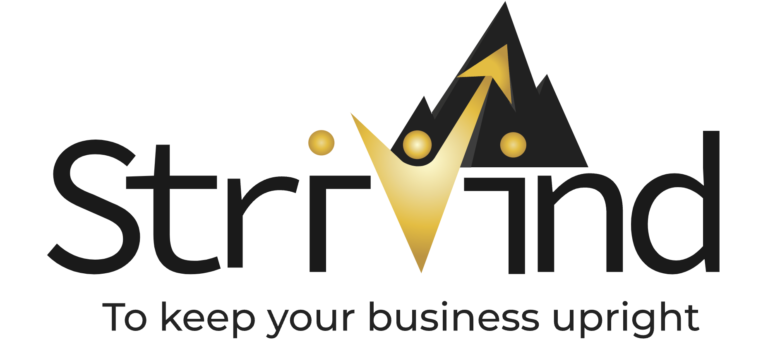Want to Demonstrate Your Transformation Capabilities to Government Sector Decision Makers?
Govt Sector Data refers to all information made freely available by government bodies or local collectivities. This data is in the public domain. It is different to open data, which is a subset of public data. Open data is structured and well-maintained data that is therefore easier to understand, access and consume. By contrast public data can be difficult to find, or (in the case of public bodies), require the submission of a Freedom of Information Act to retrieve it.
It should not be confused with:
- Public sector data: data produced/released by public sector organizations, such as municipalities and governments. This could be the minutes of meetings or data
- Public interest data: data released by public and private sector organizations to the general public, often to meet regulations. Punctuality information released by a train operator would be an example of public interest data
- Open data: open data is public data that has been structured to make it understandable to users. It is estimated that around 7% of public data is open data.


Public data: starting the shift to data democratization
Public data refers to information that is publicly available to all. It can be produced by both public institutions or the private sector.
Legislation makes it mandatory for some sectors, such as government bodies, to publicly share their data to enable transparency and good governance.
- The US Freedom of Information Act (FOIA) compels federal agencies to disclose information and records on request, provided it does not breach confidentiality restrictions. Other countries have similar laws.
- In Europe, one of the key objectives of the GDPR is to make it easier for individuals to demand that organizations share with them any data that they hold on them – and to erase it if requested (the right to be forgotten).
- Other sectors, such as private and public healthcare, energy and transport, may be compelled to share data publicly by local regulations.
A wide variety of public data
Publicly available data encompasses a wide range of highly varied information:
- Administrative documents: such as income tax returns.
- Official texts: bylaws of municipalities, laws, decrees, etc.
- Public surveys: for example, if a local survey is conducted as part of a development project, it must be made available to the residents of the municipality.
- Reports: such as the IPCC report which monitors efforts to reduce climate change.
- Regional data: geographical, cultural and historical data, data related to tourism, urban planning, etc.
- Personal data: data held by private and public bodies on individuals, such as information collected by digital/social media firms.
- Company reports: information on company performance, including financial information, progress towards objectives and CSR performance.
At the level of data dissemination methods, organizations have a number of choices. They can proactively publish information on websites, open data portals, apps, or via physical means (posters, letters) or they can reactively respond to requests for information.
Publishing public data in open data formats and through compelling visualizations (such as maps, graphs, or dashboards) provides additional advantages for transparent communication, enhancing the attractiveness of information, as it allows users to easily interact with data.
